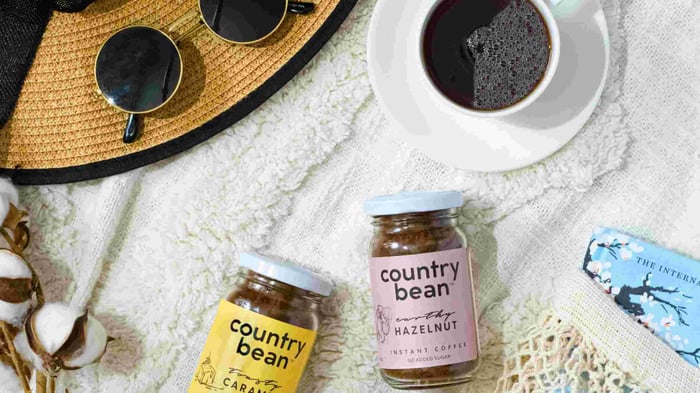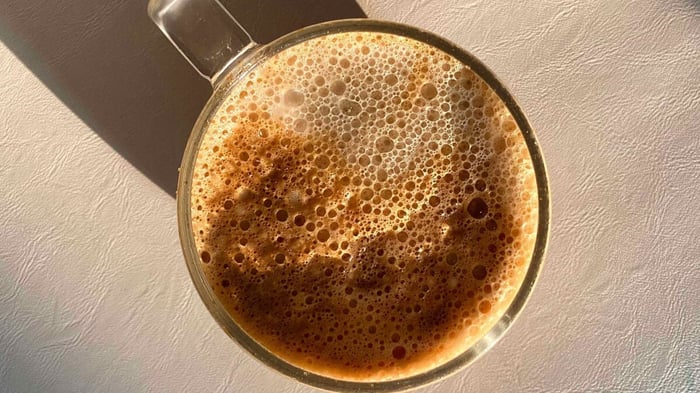Even for a coffee connoisseur, it can sometimes get confusing to distinguish between the different types of coffee. At least that’s what happens when you try to differentiate between an espresso and a cappuccino. But you don’t have to worry about that. We’re here to help you answer the age-old question - what is the difference between espresso and cappuccino.
At first glance, an espresso and a cappuccino look like they have no similarities. They look, smell and taste very different from each other. An espresso is believed to have many layers of flavour and a strong, powerful aroma. Some coffee aficionados are of the opinion that adding milk destroys the original taste of the coffee. However, that is debatable and dependent on individual preferences.
An espresso acts as the base for a variety of coffee drinks like cappuccinos, lattes, etc. This Italian drink is usually served in smaller cups like a shot. This drink is stronger, and gives your day the kick of caffeine it needs. While making an espresso, a small amount of boiling water is forced over grounded coffee beans and the outcome is a thick coffee concoction. However, contrary to popular belief, a shot of espresso does not contain more caffeine than a regular cup of coffee.
An espresso shot has three integral parts to it. The body and the heart are the two parts that contribute to the flavor and aroma of espresso. The body is darker and is at the bottom of the shot. The heart is in the middle and is slightly lighter than the body. The third part is the crema which is on top and is slightly bubbly. It is the most important part of the shot as it gives you a fuller flavour and rich aftertaste.
On the other hand, a traditional cappuccino uses espresso for its base, topped with steamed milk and milk foam to create a rich, creamy and frothy texture. A cup of cappuccino is bigger and comprises layers of steamed milk and froth. The drink itself has a more velvety texture compared to an espresso. A good cup of cappuccino is made up of ⅓ steamed milk, ⅓ espresso and ⅓ milk foam.
The most significant feature of a cup of cappuccino is the dense layer of foam that rests on top of your drink. When your cup is moved back and forth, the foam will jiggle and won’t deflate after a few minutes. This is a key indicator that you have a good cup of cappuccino in your hands.
One major difference between an espresso and a cappuccino is what is on top of the coffee. An espresso has a layer called ‘crema’ on top which is a thin, delicate, brown layer of foam. It is formed on the espresso as a result of its extraction process. A cappuccino on the other hand, has layers of milk foam on top, giving your coffee that rich texture.
The most obvious difference that exists between the two is milk. An espresso does not contain any milk. It is just a shot of plain black coffee. When you add steamed milk and froth to espresso in the ratio of 1:1:1, you get a cappuccino.
While many people believe that there is an espresso vs cappuccino competition that is ongoing, that probably isn’t the case. An espresso and a cappuccino are both very different in their own way, in terms of flavour, aroma and ingredients. Each individual has their own preferences, in which case some may prefer an espresso and some may prefer a cappuccino.
Whatever the difference may be between an espresso and a cappuccino, as a coffee enthusiast you are bound to try both and pick your own favourite! Have a good caffeine kick!






